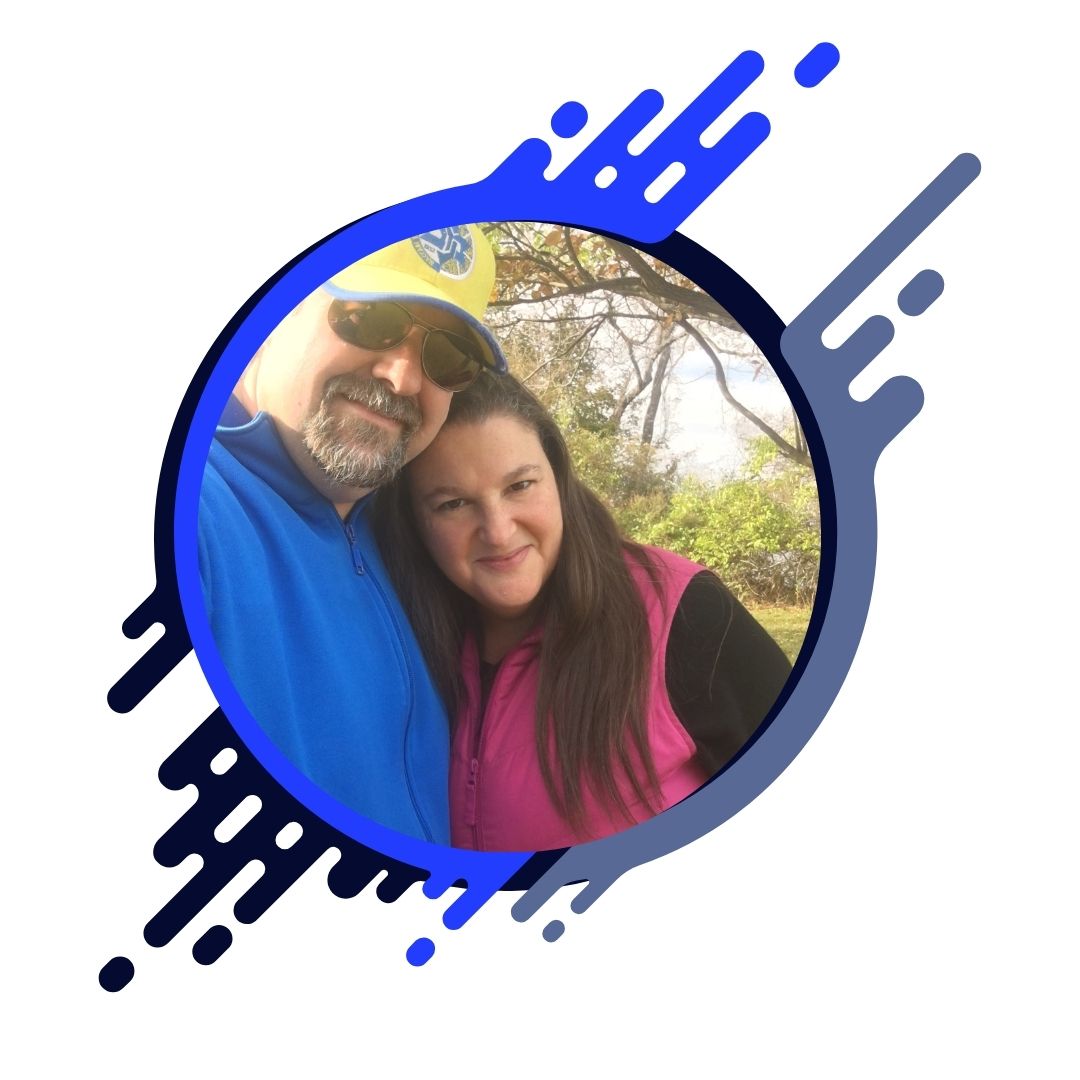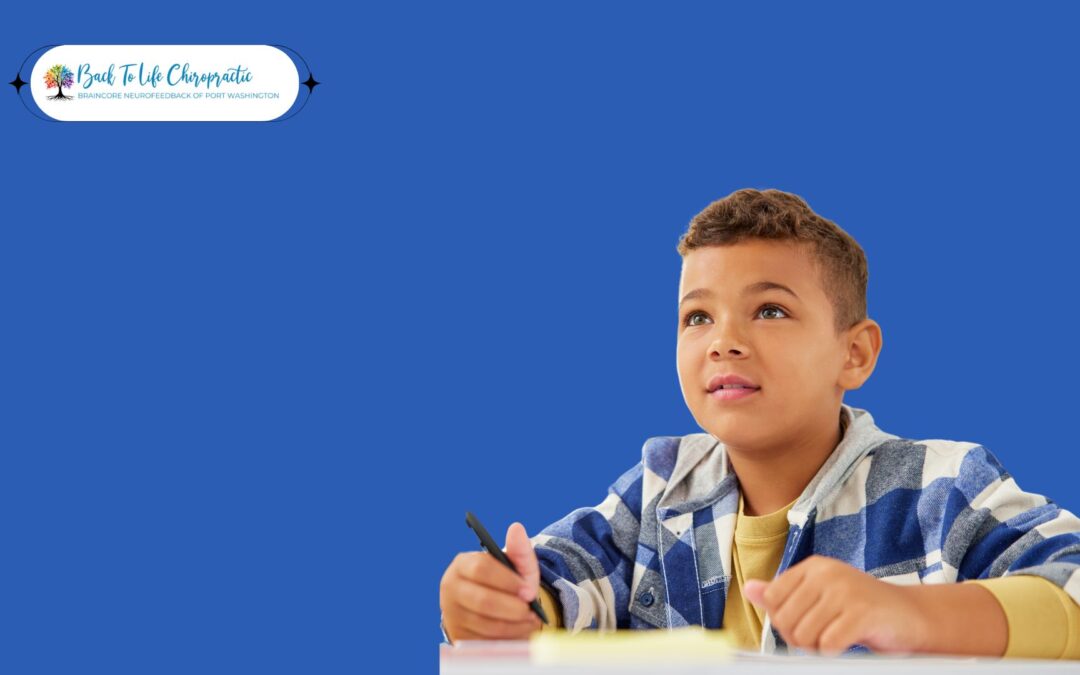
Parenting a child with ADHD often feels like you’re navigating uncharted waters. From disrupted focus and impulsive behavior to restless energy, each day can bring its own set of challenges. While traditional interventions like medication or behavioral therapy can help, some parents are searching for additional or alternative solutions to support their child’s wellbeing—one of which is neurofeedback.
Neurofeedback, a non-invasive therapy, has been gaining traction as a holistic approach to managing ADHD symptoms in children. Backed by growing research, it offers the potential to improve focus, self-regulation, and emotional balance without the use of medication.
Curious if it’s right for your child? Here’s what you need to know about neurofeedback and its benefits for children with ADHD.
What is Neurofeedback?
Neurofeedback, also known as EEG biofeedback, is a therapeutic technique designed to train the brain to function more optimally. It uses a computer-based system to monitor brainwave activity in real-time. During a session, sensors are attached to the scalp to pick up brainwave activity, which is displayed on a screen. Children are then guided to “practice” desired brainwave patterns through interactive feedback—such as playing a game or watching a movie that reacts to their brain activity.
Over time, this process helps the brain learn how to self-regulate and operate within healthier patterns, improving attention, focus, and emotional control.
How Can Neurofeedback Help Children with ADHD?
Children with ADHD often experience an imbalance in brainwave activity. Neurofeedback works by addressing these irregularities, encouraging the nervous system to achieve balance. Here are some of the key benefits neurofeedback offers children with ADHD:
1. Improved Focus and Attention
One of the hallmark struggles for children with ADHD is difficulty sustaining focus. Neurofeedback helps the brain create and maintain patterns associated with better concentration. With regular sessions, many children experience a significant improvement in their ability to stay on task at school or during everyday activities.
2. Reduction in Hyperactivity
ADHD-related hyperactivity can be exhausting for both parents and children. Neurofeedback trains the brain to regulate energy levels, promoting a calmer and more balanced state. This can make it easier for your child to sit through class, complete their homework, and even relax during family time.
3. Enhanced Emotional Regulation
Children with ADHD often have difficulty managing big emotions, leading to outbursts or frustration. Neurofeedback supports the parts of the brain responsible for emotional regulation, empowering your child to stay calm in situations that might otherwise feel overwhelming.
4. Drug-Free Support
For families seeking non-medication options or wanting to complement existing treatments, neurofeedback offers a drug-free alternative. It addresses the root cause of ADHD-related symptoms rather than masking them, making it a holistic addition to your child’s care plan.
5. Long-Lasting Results
What sets neurofeedback apart is the potential for lasting change. Just as learning to play a sport or instrument creates muscle memory, training the brain through neurofeedback creates neurological “muscle memory.” With consistent sessions, improvements in focus, behavior, and emotional regulation often persist even after therapy concludes.
What to Expect During a Neurofeedback Session
If you’re considering neurofeedback for your child, it’s helpful to know what the process looks like:
- Initial Assessment: The process begins with an evaluation of your child’s brain activity using an EEG. This helps customize a treatment plan tailored to their unique needs.
- Interactive Training: During each session, sensors are placed on the scalp to monitor brain activity. The child engages in an activity—such as controlling a video game with their brainwaves or watching a movie—that provides positive reinforcement when their brain moves toward desired patterns.
- Time Commitment: Sessions typically last 30–45 minutes and are conducted 1-3 times a week, depending on the treatment plan. Over the course of several months, children often experience gradual, meaningful improvements.
Is Neurofeedback Right for Your Child?
While neurofeedback has shown promising results, every child is unique, and this therapy may not be the perfect fit for everyone. It is important to consult with a licensed neurofeedback clinician who can evaluate your child’s specific needs.
Neurofeedback is most effective when integrated into a comprehensive approach. This might include behavioral therapy, a nutritious diet, exercise, and a supportive home environment. When paired with these elements, it can serve as a powerful tool to help your child thrive.
Stories of Success
Many parents who have turned to neurofeedback report positive results that extend far beyond reducing ADHD symptoms. For example, some have seen their children grow more confident, perform better academically, and enjoy stronger relationships with family and friends.
One mother shared, “For the first time, I feel like my son can truly be himself. Neurofeedback has helped him focus without medication, and he’s so much happier now.”
Success stories like these remind us that while ADHD can be challenging, there are solutions that empower children to overcome those challenges in a meaningful way.
Taking the Next Step
Parenting a child with ADHD is an incredible act of love, patience, and perseverance. Finding the right support can make all the difference—not just for your child, but for your whole family.
Together, we can help your child unlock their potential—one brainwave at a time.


0 Comments